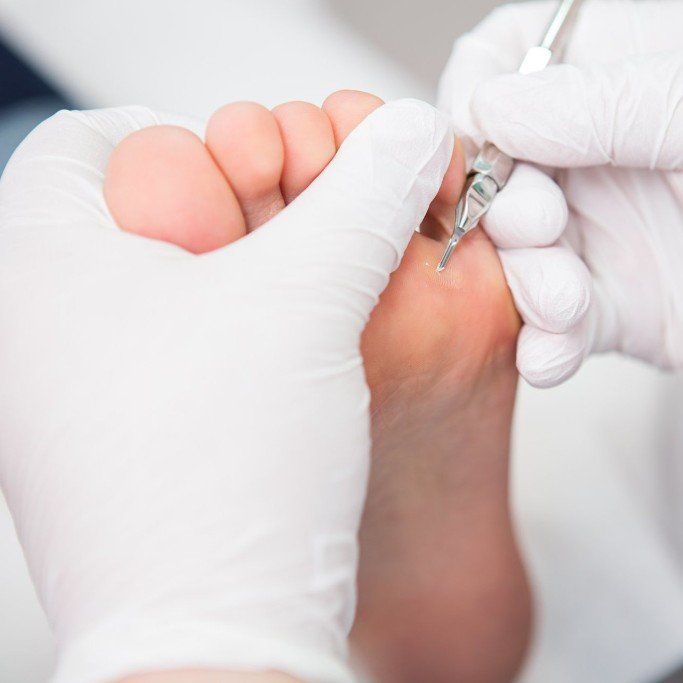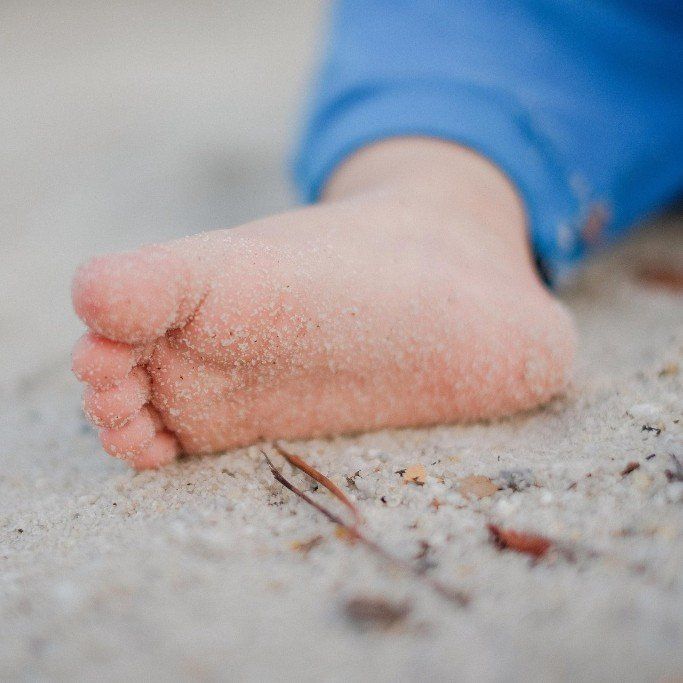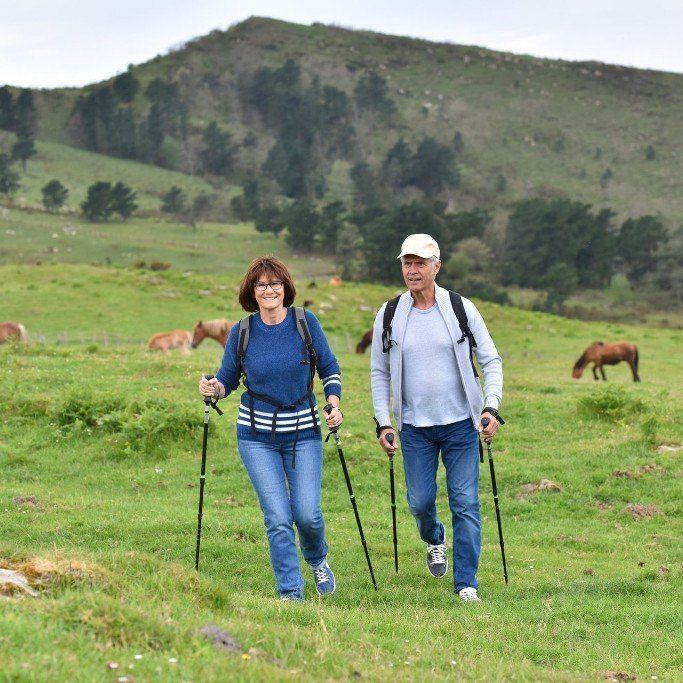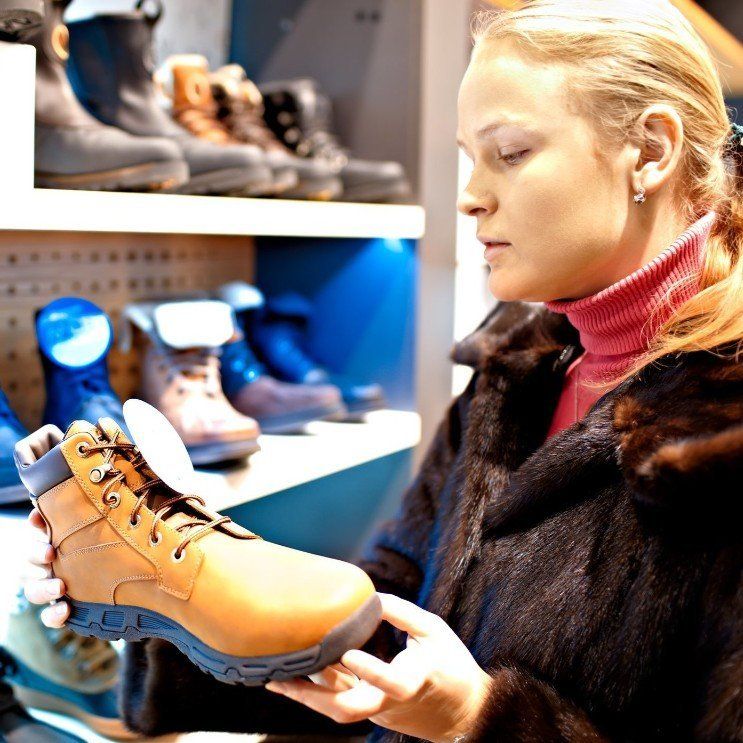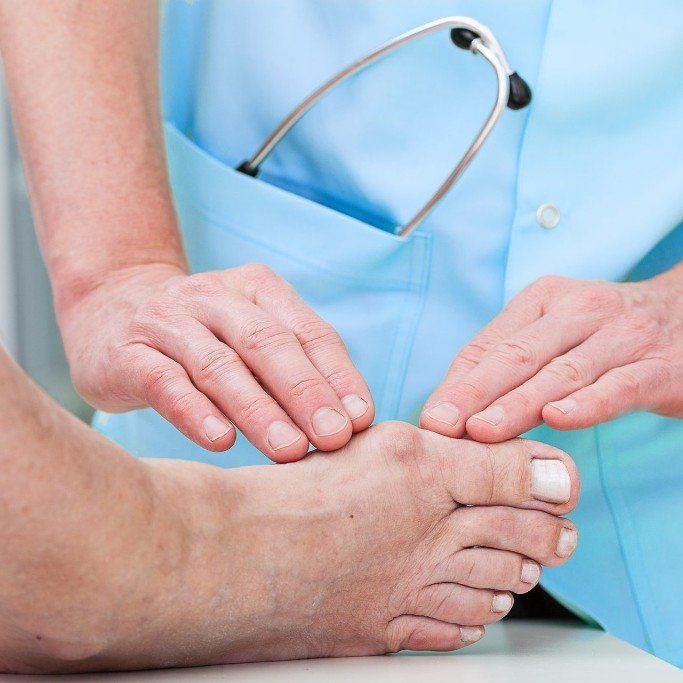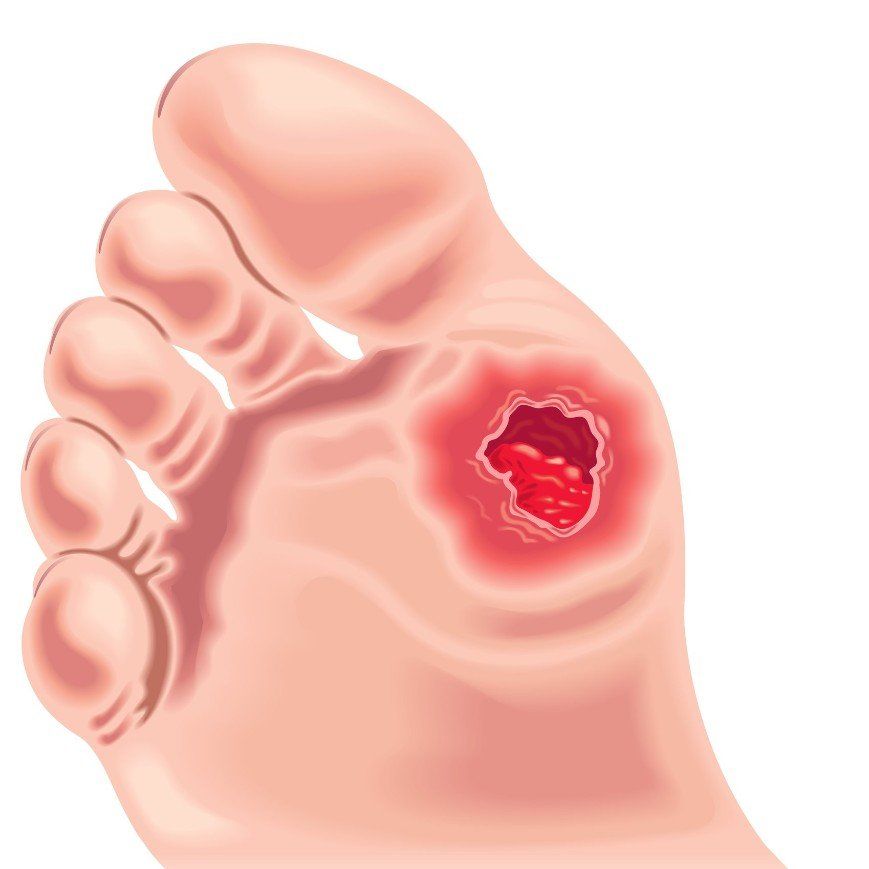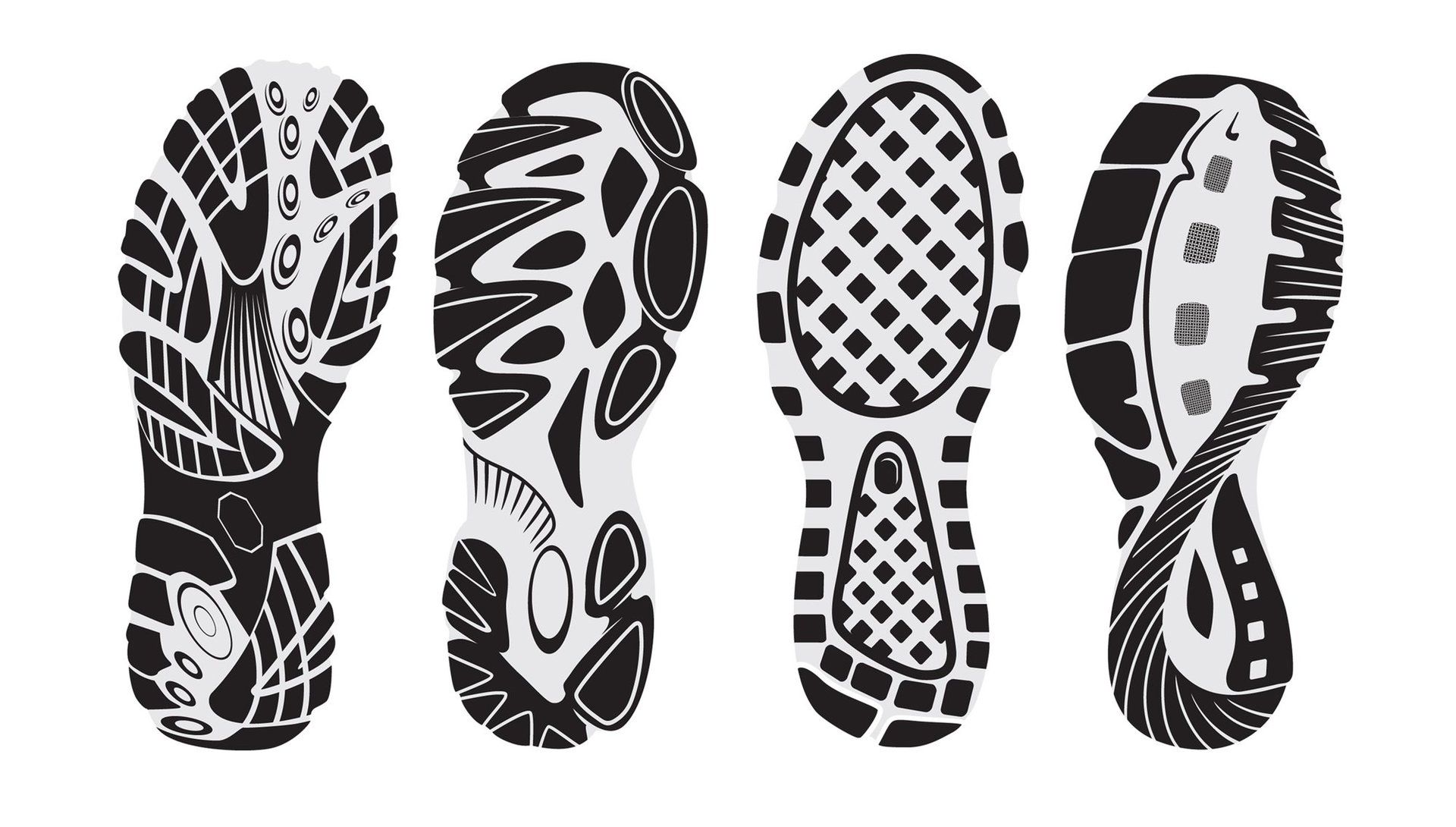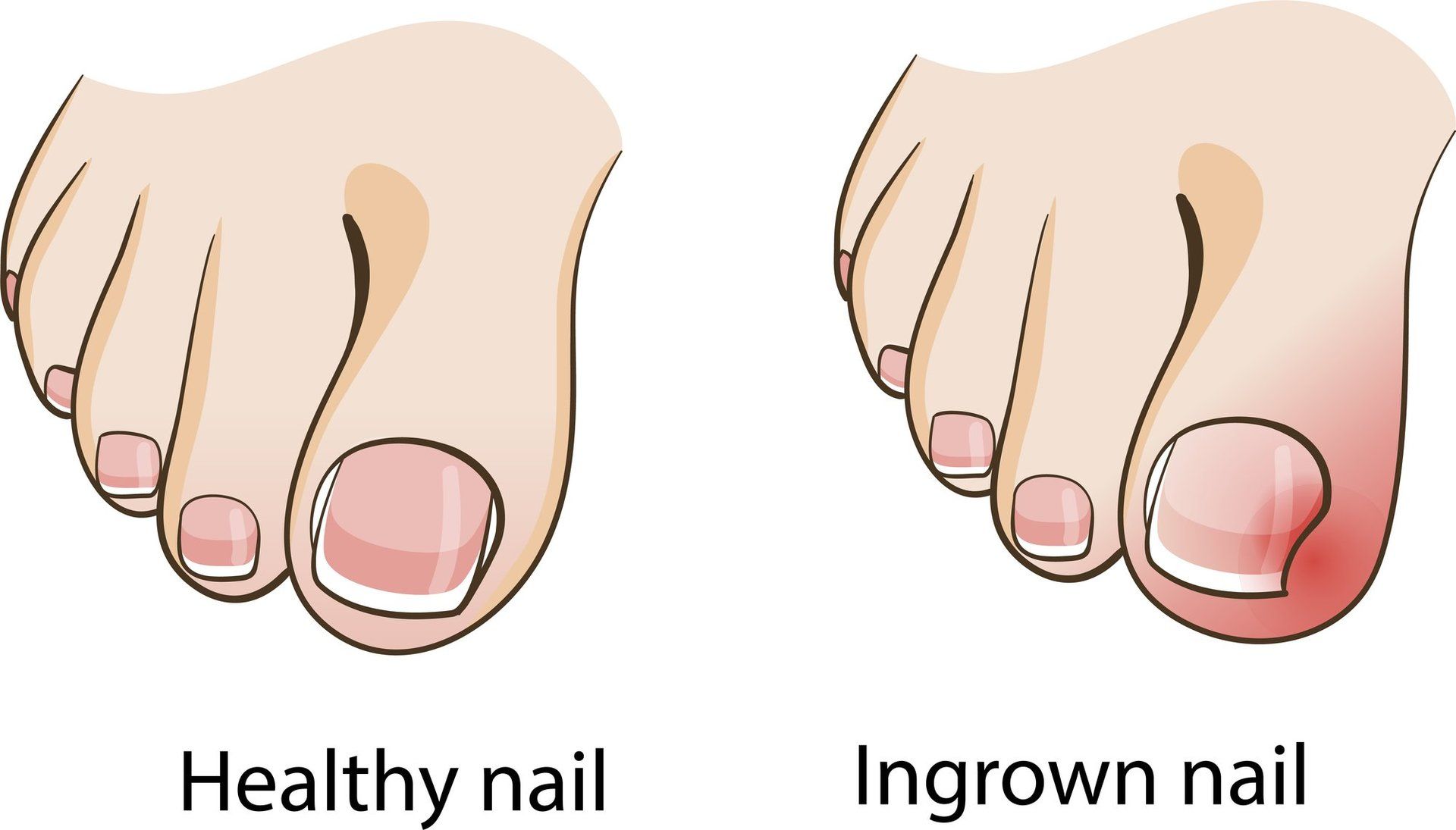SPORTS INJURY
Most common of all athletic injuries.
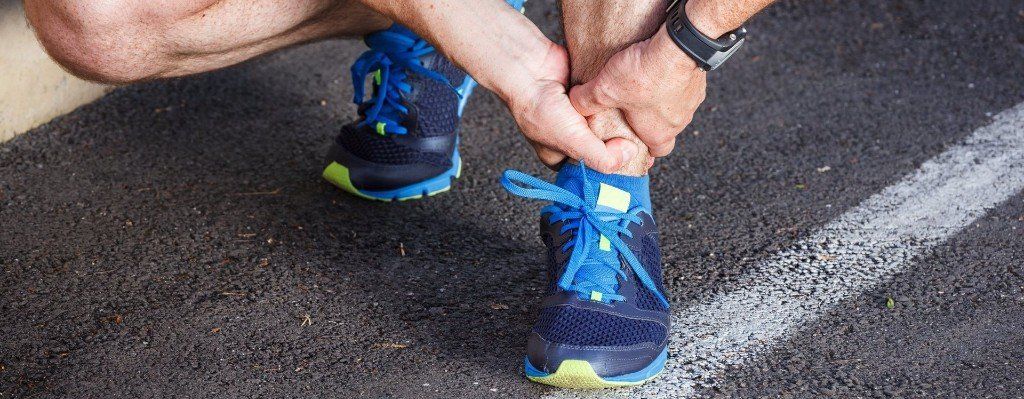
Ankle sprains are the most common of all athletic injuries. Ankle sprains involving the lateral or outside part of the ankle are referred to as inversion sprains and are by far the most common type. Most inversion sprains occur during sports which involve jumping and side to side movement like basketball, volleyball and soccer. Ankle sprains involving the inside aspect of the ankle are called eversion sprains and are uncommon. Frequently, there exists some "extrinsic" factor such as contact with another athlete, incorrect shoes or a discrepancy in the playing surface. Several "intrinsic" factors may predispose one to suffer an ankle sprain such as ligamentous laxity, inflexibility of the achilles tendon and weakness of the peroneal muscles.
When an inversion ankle sprain occurs, the result is damage to the anterior talo-fibular and calcaneofibular ligaments ranging from a mild stretch or strain to complete disruption. Infrequently, a "high" ankle sprain occurs involving damage to the anterior tibio-fibular syndesmosis (ligament). The deltoid ligament, which is located on the inside of the ankle, is much stronger and is rarely significantly damaged.
When an inversion sprain occurs, the usual scenario involves the athlete "rolling" his or her ankle while landing from a jump and experiencing a sharp pain on the outside of the ankle. An audible "pop" or "snap" may accompany the injury and sometimes signals ligamentous rupture. If the athlete can walk on the injured ankle, the likelihood of a serious injury is less, but athletic participation should be Discontinued. Shoes should be kept on until examination and treatment. Careful examination is necessary to determine the severity or "grade" of the injury and x - rays should be taken to explore the possibility of a fracture or other associated injury.
Initially, rest, ice, elevation and compression (aka RICE) should be employed to reduce pain and swelling. This is most critical during the first 24 - 48 hours. If no allergies exist, oral antinflammatory drugs may aid in reducing swelling and relieve discomfort. Following this period, an attempt should be made to walk on the ankle and begin rehabilitation. If ligamentous disruption is suspected, a brace should be worn to provide stability during the recovery period. However, if the athlete can not bear weight due to pain or swelling, a soft, compressive cast should be applied for up to 10 days with no weight - bearing. If weight - bearing is still not possible, cast immobilization, surgery or further diagnostic testing is usually necessary.
Once an ankle sprain has occurred, the ligaments heal over time but never regain their original strength. For this reason, recurrent or "chronic" injury is very common. Rehabilitation and physical therapy are the key elements to a rapid recovery and avoiding recurrent injury. Strengthening of the peroneal muscles and proprioceptive exercise are the most important facets of rehabilitation. I recommend anywhere from 4 to 12 weeks (3 times / week) of rehabilitation, depending on the severity of the injury. Following this, an ankle brace, taping, high - top shoe or functional orthotic device may also be necessary. The athlete should be cleared by a Podiatrist or Athletic Trainer before resuming running or jumping Activities. If pain and or instability is still present following rehabilitation, the athlete is a candidate for surgery.
The ankle sprain, especially the inversion sprain, is a very common and often debilitating injury. Accurate physical examination followed by thorough rehabilitation are essential to allow for a full, rapid recovery and prevention of recurrent sprains.
Article provided by James M. Losito, DPM, Director, AAPSM 1999 - 2000
